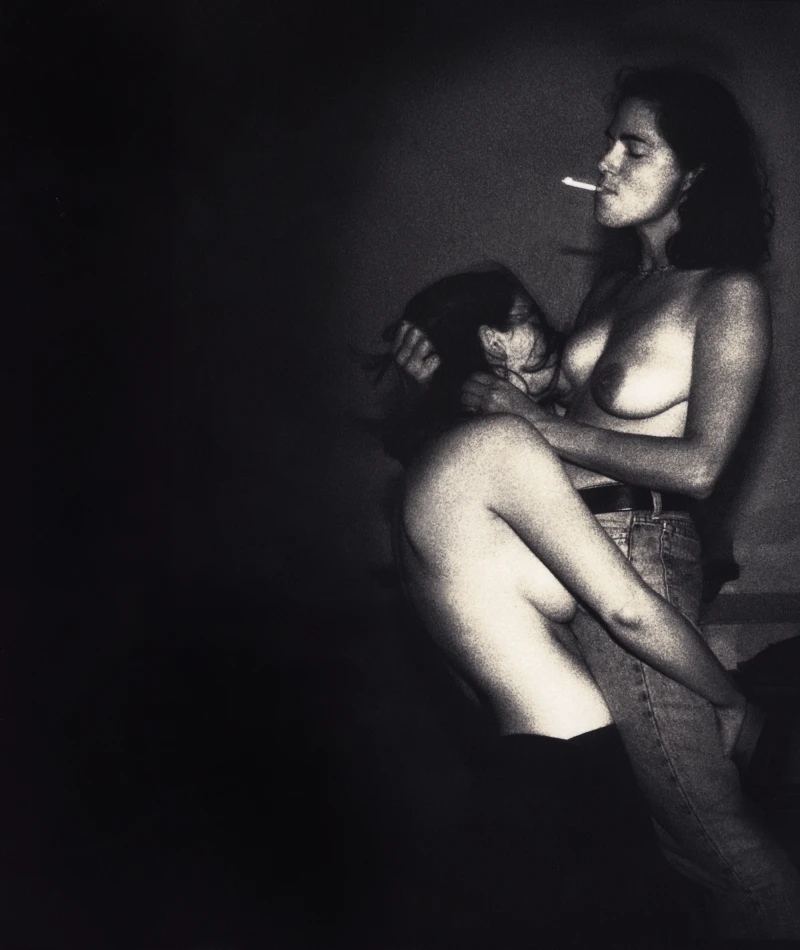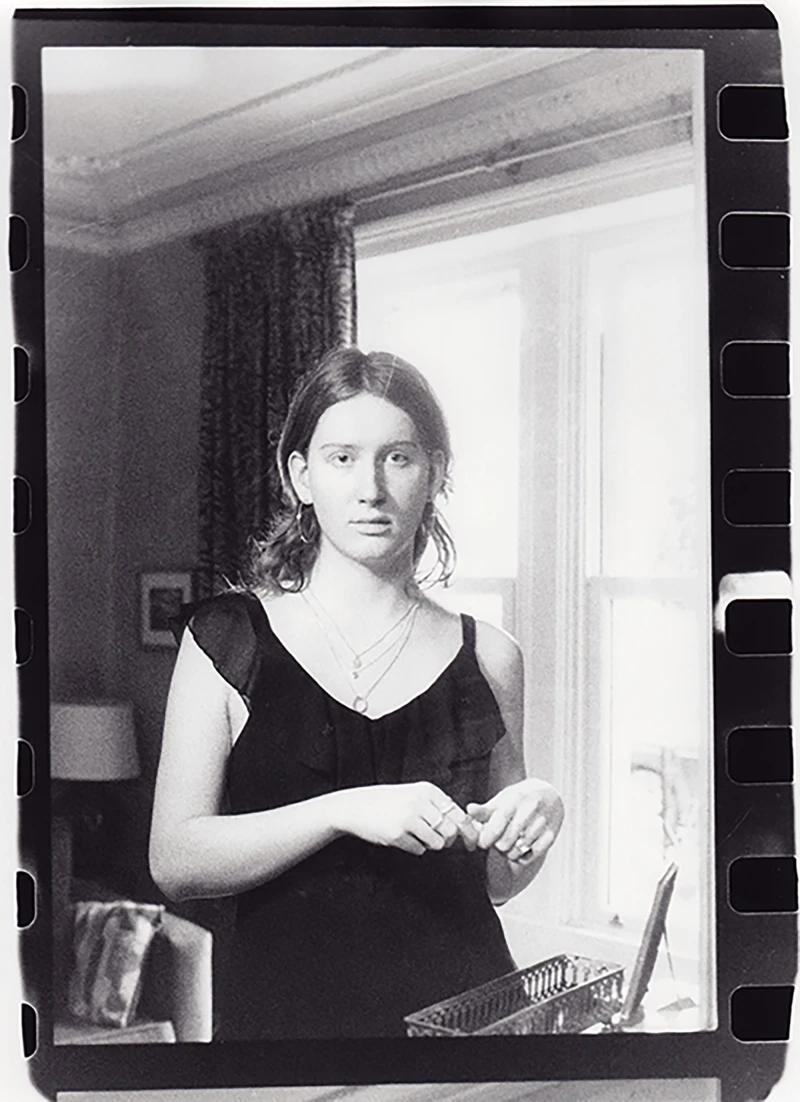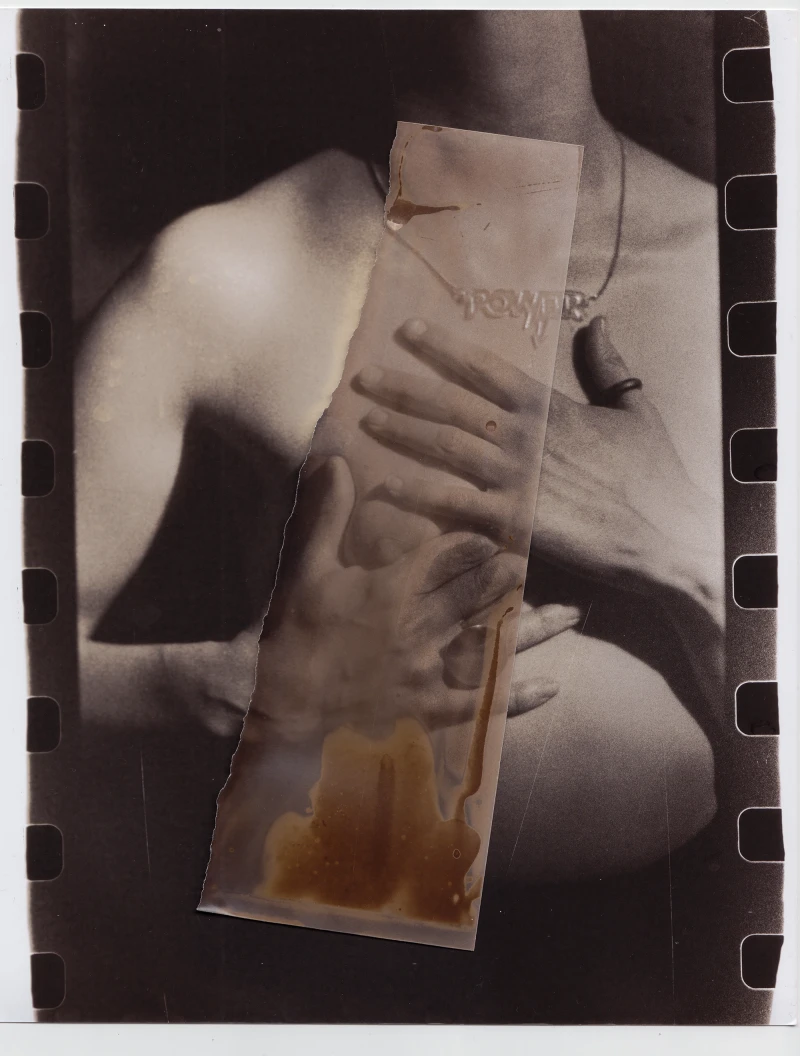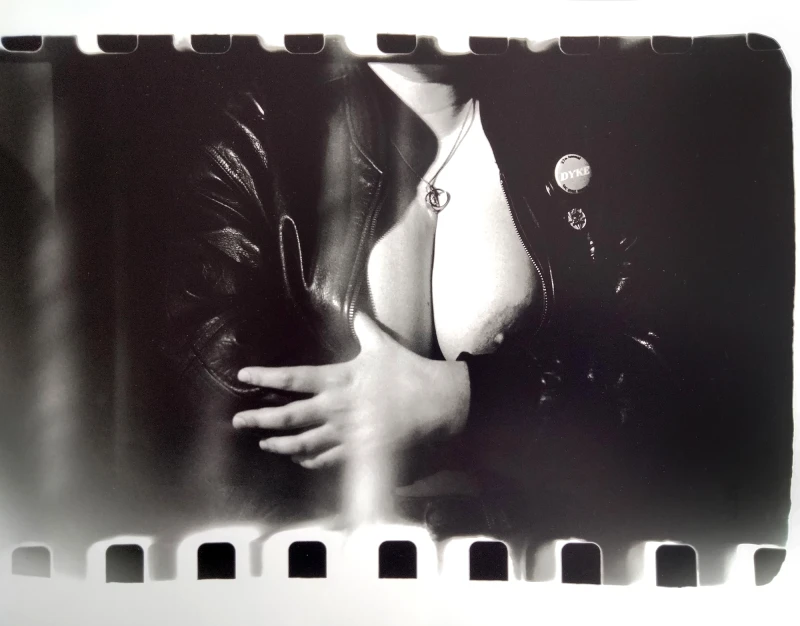MySide: Phyllis Christopher
August 14th, 2025 | MySideFor more than three decades, photographer Phyllis Christopher has been creating intimate, defiant and tender portraits of lesbian and queer life, from the charged energy of protest to the quiet beauty of everyday moments.
Emerging from the DIY punk spirit of the 1980s, her work has challenged invisibility, celebrated pleasure and documented the resilience of communities often pushed to the margins. With her latest project, Body in Peril, Christopher returns to analogue film to explore rarely seen narratives of ageing, illness and transition, revealing both vulnerability and strength.
We caught up with Phyllis for our latest MySide conversation as she reflects on the politics of visibility, the trust at the heart of her practice and why photographing our communities with care and intention matters more than ever.

You have photographed lesbian and queer communities for over 30 years, often in moments of tenderness, protest and desire. What first drew you to the camera as a way of making these lives visible? What is it about analogue photography, with its texture, slowness and physicality, that feels right for this kind of work?
The idea of making images of lesbians was as thrilling and exciting as you can imagine. There were very few images of queer people in the world, and certainly less of lesbians. It was expensive to disseminate images and that power was in the hands of a few people. I remember early gay images being on xerox stapled together news flyers or at best newsprint so my goal over the years was to have the best quality technically - to be able to really see details. I started documenting my community in the early 80’s and I was very influenced by a punk aesthetic fashion sense that hadn’t yet been captured in the lesbian community. Patti Smith and Mapplethorpe and NY street photography were a huge influence. In the mid-80’s I remember hearing about the existence of a lesbian sex magazine – On Our Backs – and a chill of excitement ran up my spine – there were so many stories to tell and so much energy in the women’s community – we were interested in the fun/party aspects of the lesbian community in addition to feminist concerns and that hadn’t been portrayed before. You have to remember that photographers were the only people at events who might record life so using a camera was an important role.
Also, in the 80’s it was the gay community against the world – we didn’t have many allies. Once you stepped over that line and ‘came out’ there was no going back. The phrase, “We are in this together” comes to mind – something I’m starting to hear today, now that so many governments have become hostile to queer people. Image making was a powerful tool in creating community and validating that we existed. To photograph female sex was especially bold but many of us felt we had little to lose and much joy to be had.
For my current project, Body in Peril I’ve gone back to analogue film. Everything in my book, Dark Room: San Francisco Sex and Protest, 1988-2003 is shot with film. When I look over my work I feel the organic nature of analogue photography speaks to the body more appropriately than the digital medium. I wanted to be forced to slow down for this project and have the project address the tangible nature of analogue photography. I’m keeping the many ‘mistakes’ that happen in traditional photography like over exposed film, dust and scratches. I’m using test strips as collage in the work. I really want the project to look at the beauty of film capturing the beauty of the body and the importance of chemicals in the body and in photography. I’m interested in how our physical health affects our psychological health and how chemicals like hormones and brain chemistry effect our mental health. The more I learn, the more I think that mental health is mostly based in our chemical make-up so this makes photographing the body more relevant to me.

Side: Body in Peril continues your commitment to showing queer/lesbian experience, but it focuses on aspects rarely seen in public images such as ageing, illness and transition. Why do you think these stories remain so underrepresented?
Phyllis: I think most people, understandably, don’t want to think about illness or ageing but I’ve always experienced a great deal of empowerment in speaking about and observing an issue that is concerning. The act of looking at a photograph of one’s body takes it out of a personal daydream/nightmare and places it into a more objective situation. The people I’m working with say that looking at their photographs is quite liberating and brings them out of themselves at a more rapid pace, than say, having an internal dialogue. They get a new perspective of floating above it.

Side: The title "Body in Peril" suggests a sense of urgency or threat. How do you interpret this notion within the current socio-political climate affecting queer bodies?
Phyllis: The trans body has become so politicised in current culture. This project gives people a chance to tell the personal story: “This is my body, and I feel in danger – I feel unprotected by laws and uncared for by the health care system.” – people are being left to their own resources – asking the community to fundraise for surgeries or looking on the internet for hormones and self-medicating. We will look back at this era as the dark ages. I have had participants say they feel in danger due to lack of medical care – It’s very brave to share your peril and vulnerability. Queer people know that sharing and community building is the way through.

Side: In documenting the queer community, how do you navigate the balance between intimacy and the potential for exposure, especially when dealing with sensitive subjects like illness and transition?
Phyllis: I try to have the most clear and honest conversations I can with the people I’m collaborating with. As with all of my work from the very beginning, the model/participant always gets to determine what images are published – this has always worked out and creates trust and a sense of adventure together. Over my whole career there are only a handful of images that I think are gorgeous and I wish I could publish but the model hasn’t felt comfortable about them, so they will not be seen – it’s a small compromise in order to create trust.

Side: Across your career, your images have offered alternatives to how queer lives are usually shown. Do you think the visibility of queer people today is deeper, or just broader?
Phyllis: I think contemporary queer photography it is quite deep – and definitely broader – there seems to be a sophistication there and not as desperate a need to tell the whole story to everybody at once. In my day we were quite aware of a responsibility since there were very few people with cameras and one or two magazines – now of course there is the internet – I will say I think people sensor themselves these days because of mass exposure and a mass audience, where in the 90s you agreed to be photographed for a certain lesbian audience and you knew the photos most likely would only be seen by that audience – now anything is possible. In contemporary life - at clubs and at photo shoots people have to be more cautious about their behaviour which is really disappointing. I’m really grateful that I lived through my youth without this social surveillance.

Side: Looking back at your archive and forward to new work, what do you hope younger queer and lesbian artists take from your images?
Phyllis: I hope the work inspires young lesbian and queer artists to document their lives – especially their young lives – the most seemingly mundane details will be interesting and sometimes powerfully informative in 30 years. I know that everybody has cameras all of the time now, but to thoughtfully record your community is priceless. I used to bring my camera with me everywhere and looking back I wish I would have taken more photos!
Side: Thanks so much Phyllis this has been great!
